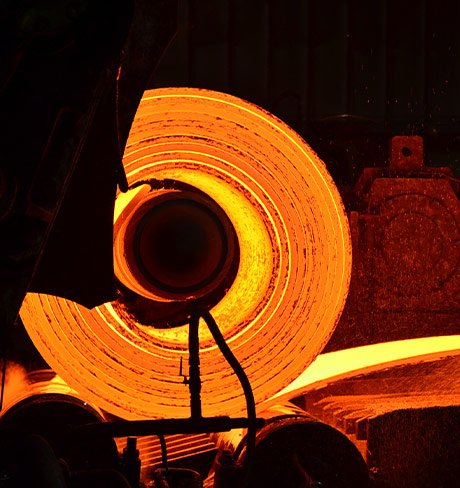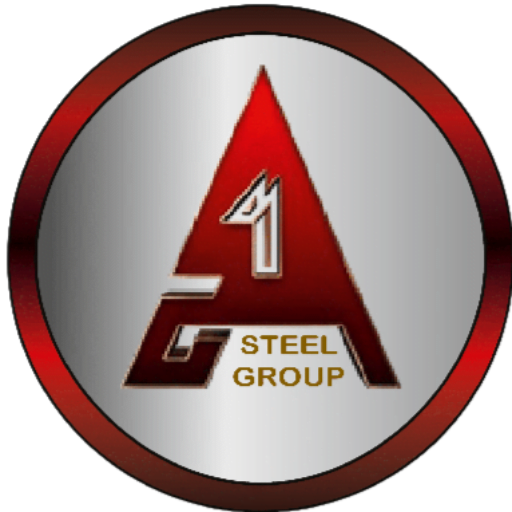Here's our state-of-the-art technology in use
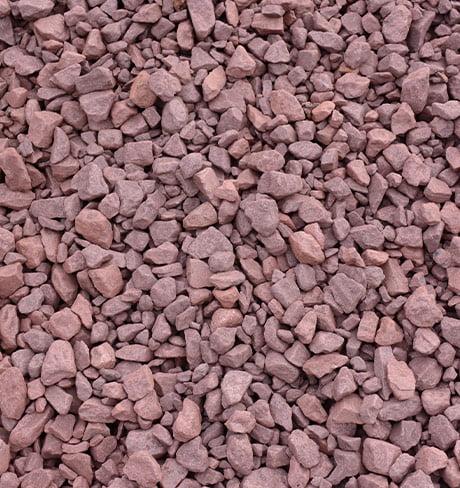

Raw materials
Steelmaking is the process of producing steel from iron ore. In steelmaking, impurities such as nitrogen, silicon, phosphorus, sulphur and excess carbon are removed from the sourced iron, and alloying elements such as manganese, nickel, chromium, carbon and vanadium are added to produce different grades of steel. The dust particles are removed from it and shape of iron is checked. Limiting dissolved gases such as nitrogen and oxygen and entrained impurities in the steel is also important to ensure the quality of the products cast from the liquid steel.
Sponge iron
Sponge Iron is produced from the direct reduction of iron ore (in the form of lumps, pellets, or fines). We use a coal-based technique where a heating iron ore is put in a furnace at a high temperature of 800 to 1,200 °C (1,470 to 2,190 °F) in presence of the reducing gas – syngas, a mixture of hydrogen and carbon monoxide. In this way, we manufacture sponge iron with 97% purity.
Key features:
- High iron content and high degree of metallization
- Uniform and consistent quality
- Lower sulphur and phosphorus content
- Negligible tramp element
- Minimum dust generation during material handling
- Good flowability in bins, pipes and conveyors for continuous and trouble-free charging
- Superior technical support to induction furnace operator

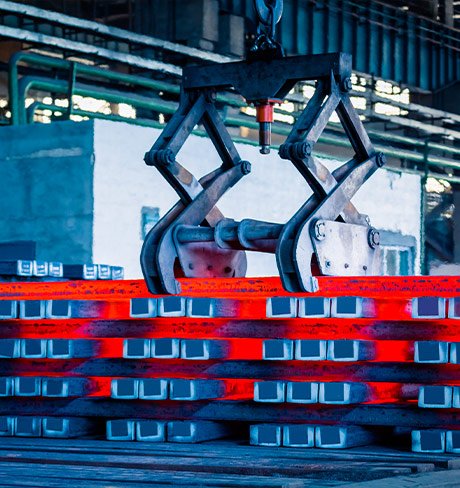

Blooms – for highest & finest quality of steel bars.
The finest raw material is processed to form Blooms, which is the source of high-quality TMT Bars. Bloom of size, 12 m 160×160 sq.cm., is used only by primary steel manufacturers. This results in better quality steel compared to secondary manufacturers using 6 m billet of 100×100 sq.cm
While the average billet size is 16 sq. inches and weighs 500 kg, A-One Gold Blooms are of 40 sq. inches size and weighs 2,500 kg.
Bloom makes better steel than billets because:
- Bloom is 5 times heavier than Billet.
- Bloom is 500% more consistent.
- Bloom has a better grain structure.
- Slower heat loss of Blooms ensures higher uniform quality across the bar.
German Technology – German Rolling Mill
The quenching and self-tempering process make use of the heat energy of the rolled bars. Usually, this energy is wasted as the rolled bars at 950-1000ºc are allowed to cool at ambient temperature on the cooling bed.
The bar, as it leaves the last stand guided through specially designed proprietary Thermex Pipes, wherein the surface temperature of 950-1000ºc is brought down drastically in a relatively short period, approximately in 1 second on account of the core being largely unaffected.
The drastic and pre-determined cooling of the bar’s edge transforms the peripheral structure to Martensite and would necessarily need to toughen up to render the bars beneficial. It is accomplished through the heat available at the core. The difference in the peripheral and the core temperature is finally equalized at around 600ºc and the resultant bar structure is of tempered martensite at Periphery and fine-grained Ferrite-Pearlite at the core.
The resultant soft-core forms about 65 – 75% of the area (depending upon the desired minimum yield strength), and the rest is the hardened edge. The product exhibits high yield points, surface hardness, toughness, ductility, and weldability.
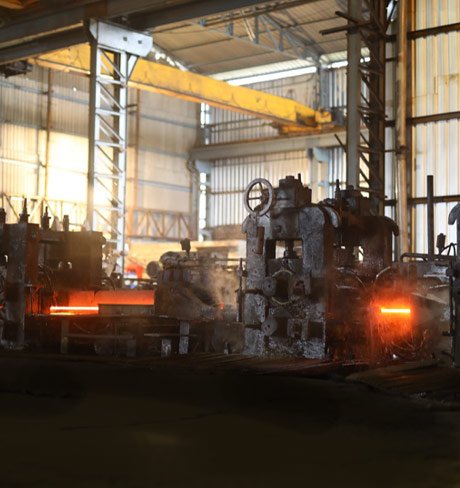

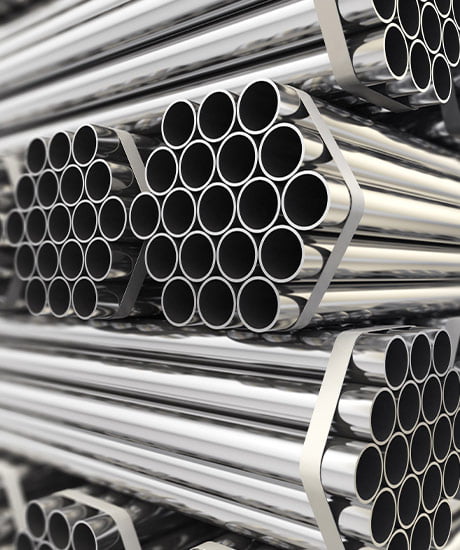

Pipes and tubes
Pipes and tubes are manufactured from cold rolled sheets. The Cold Rolled sheet is then passed through a series of grooved rollers. As it passes by, the rollers cause the edges of the skelp to curl together. This forms an unwelded pipe.
The steel next passes by welding electrodes. These devices seal the two ends of the pipe together. The welded seam is then passed through a high-pressure roller which helps create a tight weld. The pipe is then cut to a desired length and stacked for further processing. Welded steel pipe is a continuous process and depending on the size of the pipe. When seamless pipe is needed, square billets are used for production. They are heated and moulded to form a cylinder shape, also called a round.
A-One Steel Group manufactures pipes in 3 shapes – square, circle, rectangle and they are available in 3 different qualities, namely 210, 240, 350.
Key features:
- High Strength Corrosion Resistant
- Superior Strength
- High Malleability
- Sturdy
- High Durability
Hot Rolled
Hot Rolled Steel is made with the help of rolling mills. Billets of steel are fed into heating furnaces. The furnace evenly distributes heat throughout to make the metal malleable and easy to form. Then, they go to mill stands. There, they are rolled in several passes and moved to levelling process. Later, at the cooling beds, they are allowed to get cool down. Then after the further testing process, Hot Rolled steel is trimmed and cut to length.
Our Hot Rolled products then undergo several quality checks which are done as per BIS. A-One Steel Group has the widest range of hot rolled products, with thickness up to 1.2 mm, width up to 400 mm and coil weight up to 2.5 MT.
Key features:
- Widest Hot Strip Mill in South India, capable of rolling up to 400 mm
- Desired cooling patterns achieved using Cooling Tower & Laminar Cooling System
- Made from MS Slab and mainly used for Structural/GP/GI pipe
- Wide Range of sizing options in width and length of Coil
- Hot Charging/LRF/Made from Virgin Material (I/O)
- Equipped with sizing presses and automatic line inspection facility
